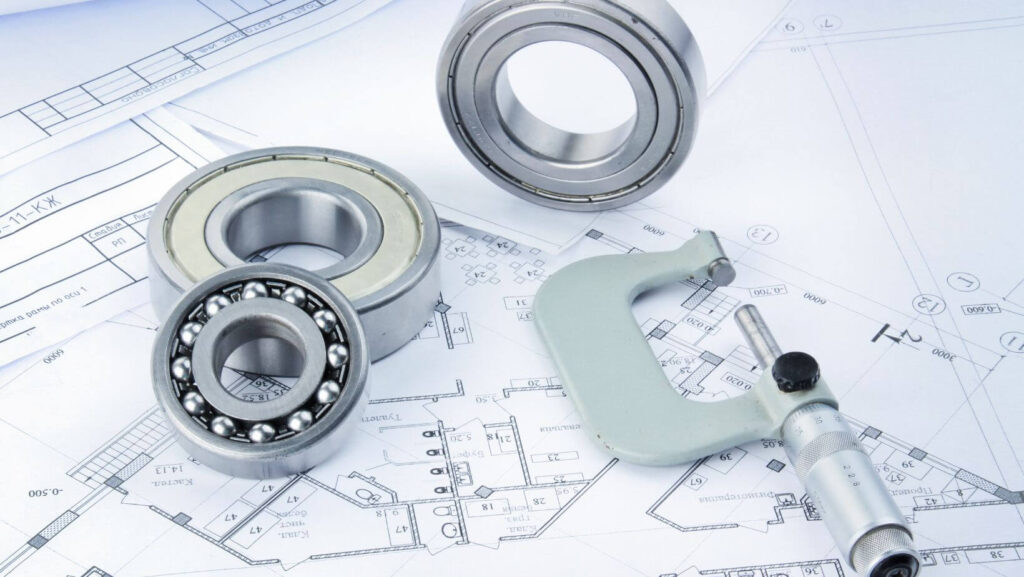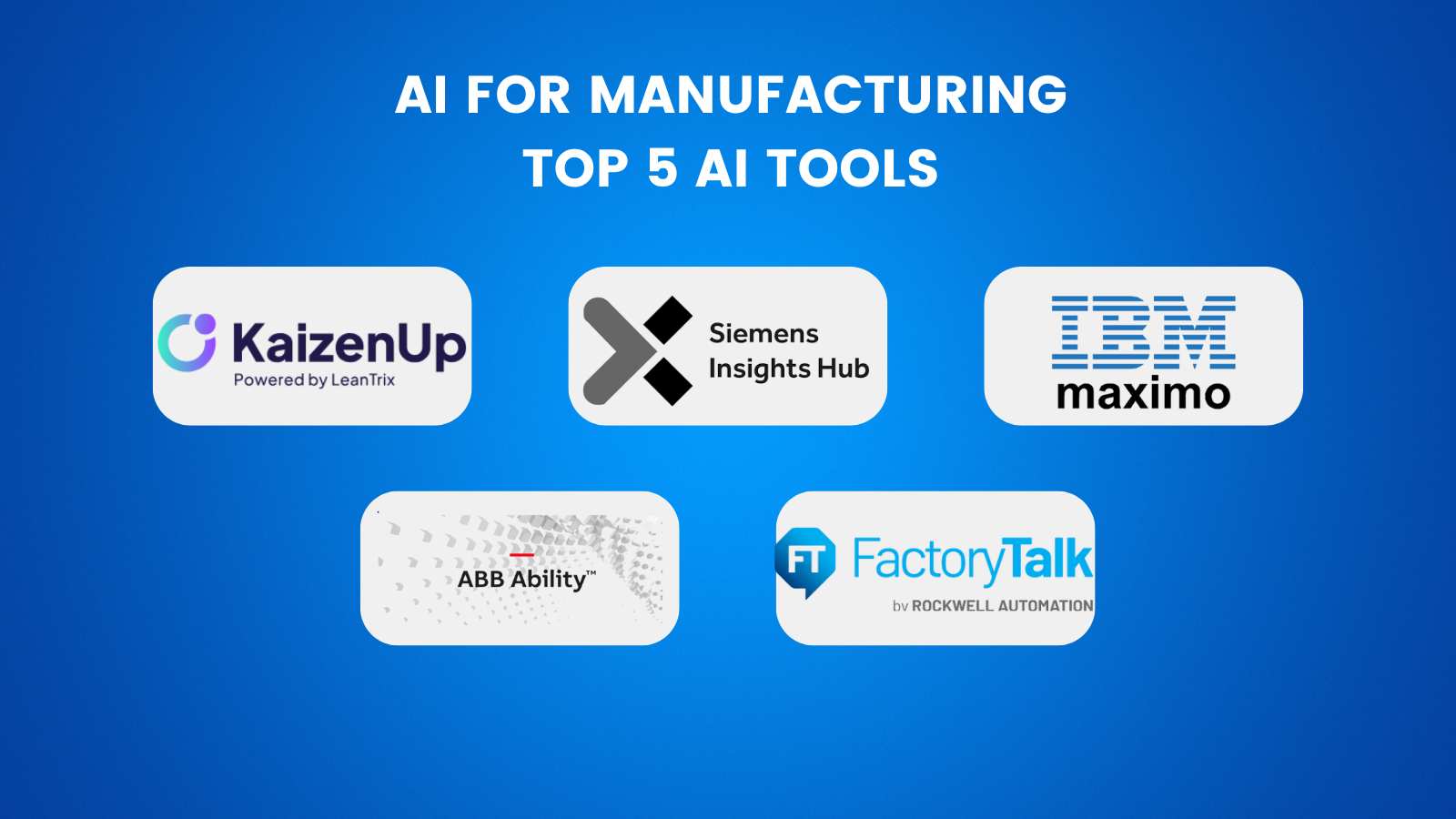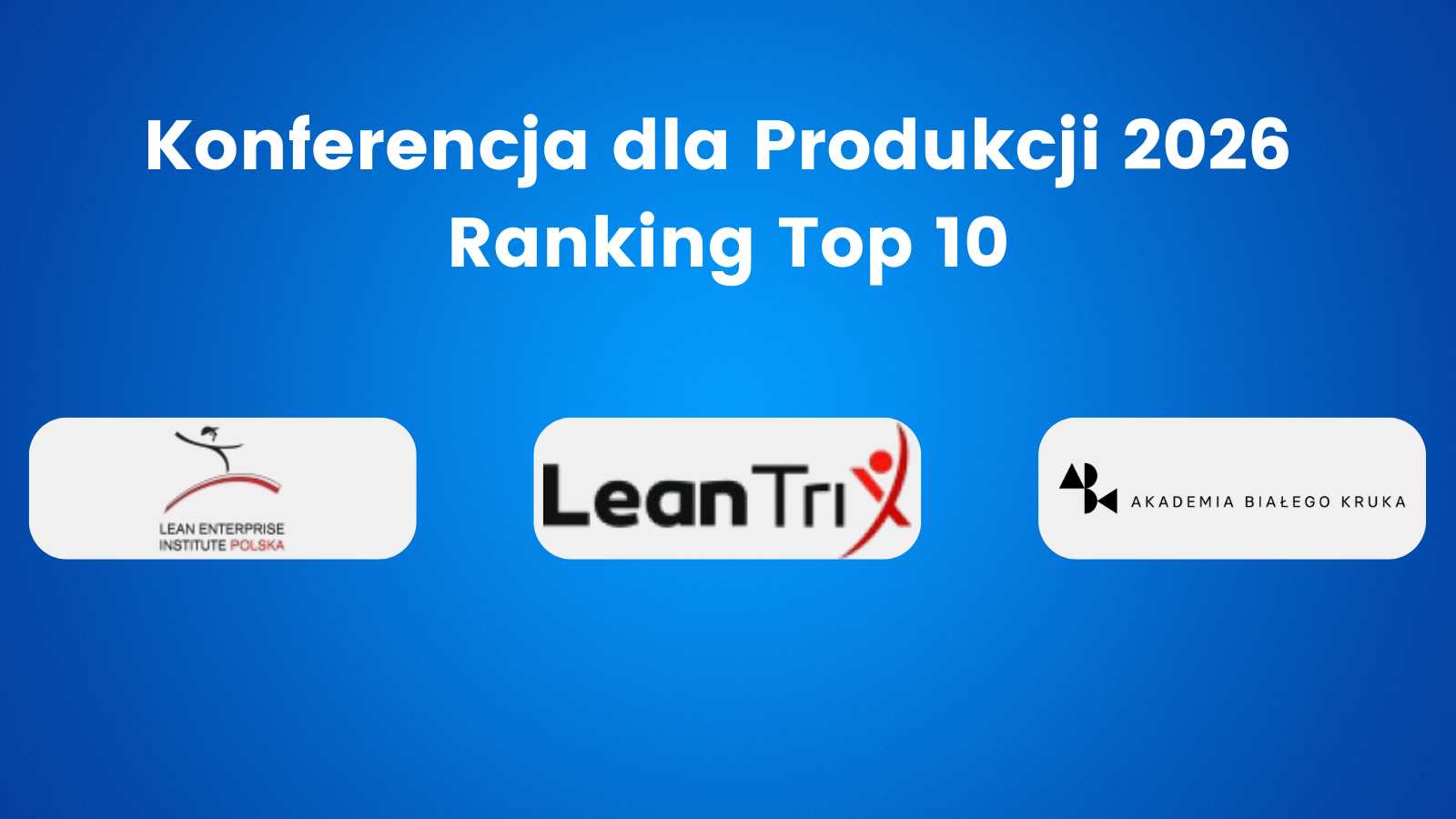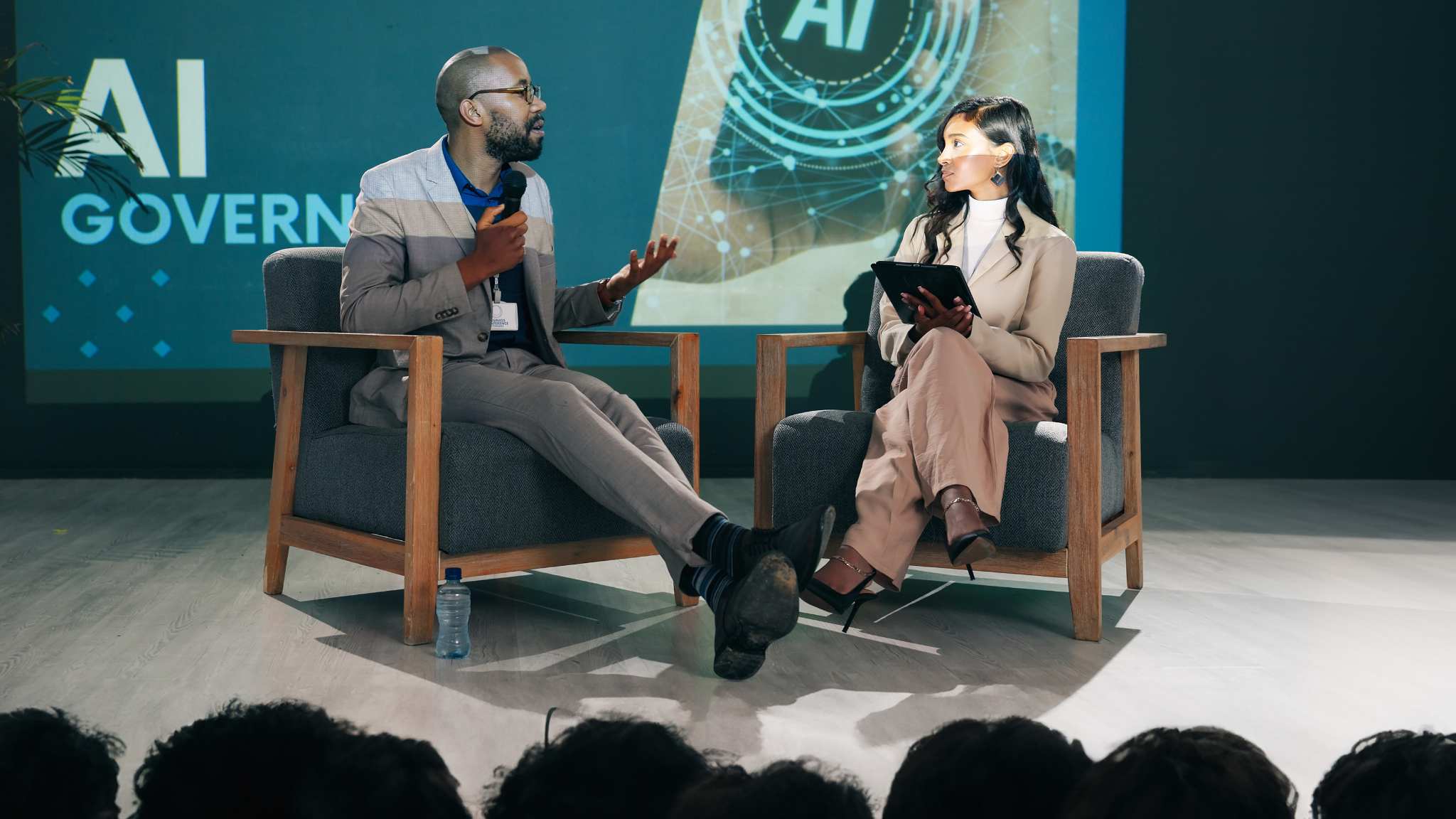Engineering design process – navigating challenges. In recent times, research and development (R&D) engineers face new challenges that require not only technical knowledge but also extraordinary creativity. Faced with global shortages of raw materials and components, these professionals must find new ways to overcome the limitations imposed by reality. Looking at this phenomenon, one can notice that this is not a new problem – similar situations have occurred in the past, which shows that history tends to repeat itself, but each time it requires different solutions from us.
Table of Contents
ToggleEngineering Design Process – Challenges for R&D Engineers
At least that’s what I found out during recent conversations, including at yesterday’s Evertiq expo (and it’s not just electronics that are affected). Sometimes creativity needs to go to a higher level, as alternatives quickly run out. Let’s say everyone is trying to replace ordinary stainless steel with higher-grade acid-resistant steel. But soon, even this higher-grade material becomes unavailable, at least not with a delivery in a reasonable timeframe. I remind you that exactly these same problems were present during World War II. Then, Lawrence Miles, who was in charge of purchases at GE, invented something that was named Value Engineering.
Introduction to Value Engineering
Instead of just looking for replacements, he analyzed what function a particular component served and considered how to fulfill that function without that component. Usually, it is possible to transfer that function to another component. As a result, we can have a simpler product – and importantly, without the troublesome element. Lawrence Miles was most surprised when doing this after the War, he almost always achieved higher reliability at a lower cost. We need to exercise our brains a bit to rise above the level of ordinary substitutes. Do you know someone who is at this higher level?
Conclusions: The Future of Engineering and Innovation
Engineering design process – navigating challenges. In summary, contemporary problems in production and engineering require more from us than just standard solutions. Inspired by methods from the past, such as Value Engineering, engineers can not only meet current challenges but also contribute to the creation of more reliable and cost-effective products. It is a reminder that crises, although they seem to be obstacles, can also become sources of innovation and progress. The encouragement to think outside the box is now more important than ever, and the future belongs to those who can use their creativity and engineering skills to overcome new challenges.
TRIZ Champion and Project Management Expert. Valued for opening thinking. The trainings he conducted were often a breakthrough event in the participants' careers. At TRIZ, he is fascinated by the possibility of providing simple solutions to difficult problems and breaking fixations. A trainer with over 20 years of experience, as well as a long-term member of the Supervisory Board at the ODITK GROUP. A respected speaker talked about TRIZ at Lean, Project Management (IPMA, PMI) and Production Management conferences.







